What if I told you there’s a temple in India where the idol’s eyes turn blood red—not painted, not lit up by light, but mysteriously red during certain moments of worship? Yes, deep in the spiritual heartland of Bengal lies a divine enigma—the Mayapur Narasimha Temple.
Dedicated to Lord Narasimhadeva, the fiercest avatar of Lord Vishnu, this temple houses a deity so powerful and unique that even time seems to stand still in front of Him. His form is unlike any other—bent knees, muscular frame, and eyes that blaze with divine rage. But behind the sacred chants and peaceful surroundings lies a chilling mystery: the deity’s eyes are said to turn red, especially during specific pujas.
No scientific explanation has stood up to this surreal phenomenon. From violent attacks to divine visions and an unwilling sculptor who became a believer, the mysteries surrounding this temple could shake even the strongest skeptics.
The Dacoit Attack That Invoked a God.
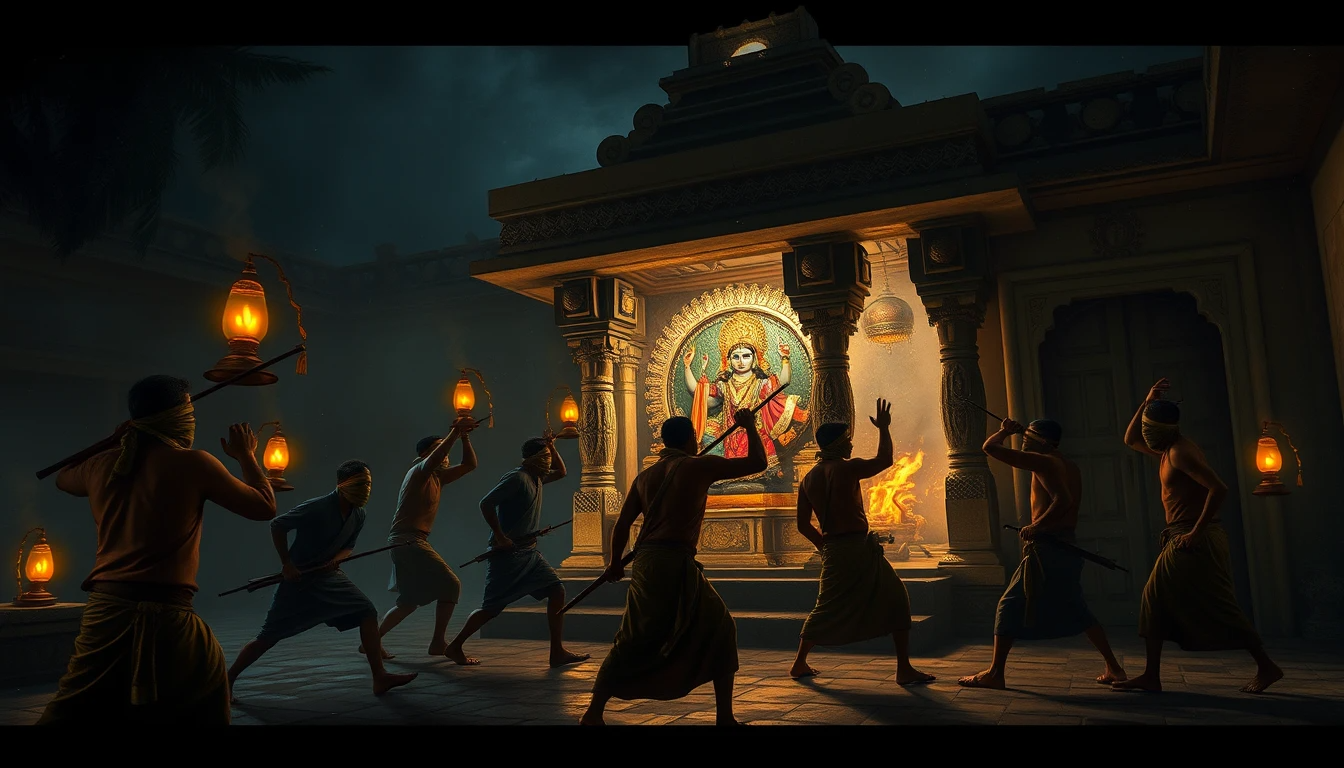
It all began with blood and fear.
In 1984, the serene chants of ISKCON Mayapur were shattered by a violent dacoit attack. Armed men stormed the sacred premises in the dead of night, attempting to loot and desecrate the deities of Srila Prabhupada and Srimati Radharani. Devotees were tied up, beaten, and left traumatized. The attackers vanished into the darkness, but what they left behind was more than broken doors—it was a terrifying message.
This wasn’t the first time such threats loomed over the temple, and the community of devotees knew they had to act—not with weapons, but with divine power. Recalling ancient traditions, they proposed invoking Lord Narasimhadeva, the fiercest protector of dharma, half-man and half-lion, the destroyer of evil. His mere presence was believed to terrify negative forces into retreat.
But here’s where the mystery begins: the moment the plan to install Narasimha was set into motion, a strange energy seemed to sweep through Mayapur. The fear began to fade, and an air of divine protection returned. Was it psychological? Or had Lord Narasimha already arrived… invisibly watching over His devotees before the idol was even sculpted?
The Sculptor Who Refused… Then Had a Vision.
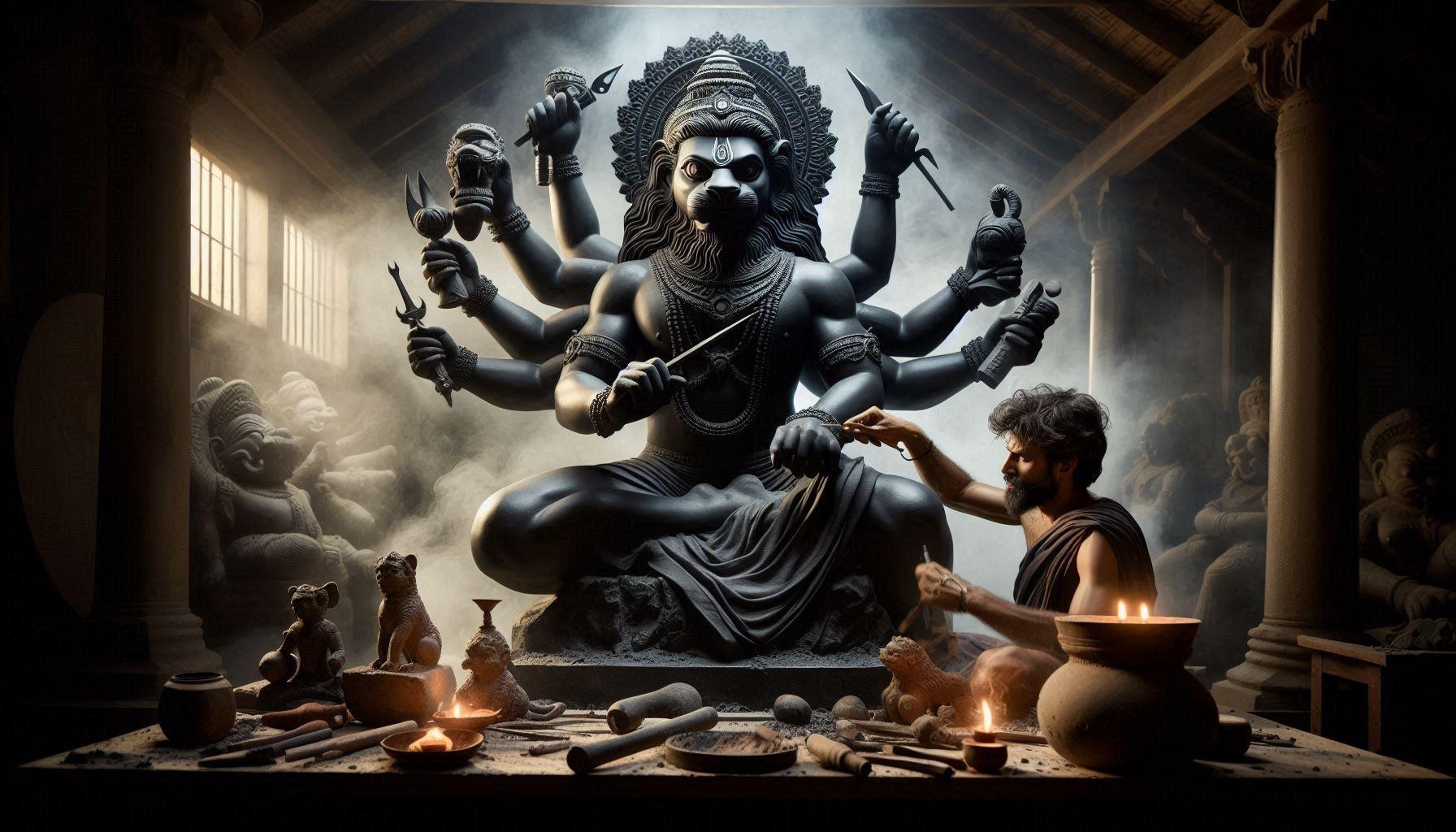
When the decision was made to install Lord Narasimhadeva in Mayapur, the temple authorities began the search for a sculptor capable of carving such a powerful and unique deity. One renowned sculptor was approached—but he flatly refused. “I will not carve Narasimha,” he said. “That form is too fierce. I do not want to attract that kind of energy into my life.”
But destiny had other plans.
Just days after turning down the offer, the sculptor had a vivid, life-changing dream. In it, he saw Lord Narasimhadeva—towering, blazing with divine fury—commanding him to carve His form. Shaken but awed, the sculptor awoke drenched in sweat and immediately agreed to the task. But this was no ordinary job. He worked in silence, day and night, pouring every ounce of devotion and care into the stone. He even performed sacred rituals and netranimilanam—the opening of the eyes—before the official ceremony, something almost unheard of.
Here’s the chilling part: he later confessed that he felt the deity was “already alive” before the idol was completed. What force entered that stone? Was Lord Narasimha guiding his hands directly? To this day, the sculptor’s transformation remains a mystery wrapped in divine awe.
The Eyes That Turn Red During Worship.
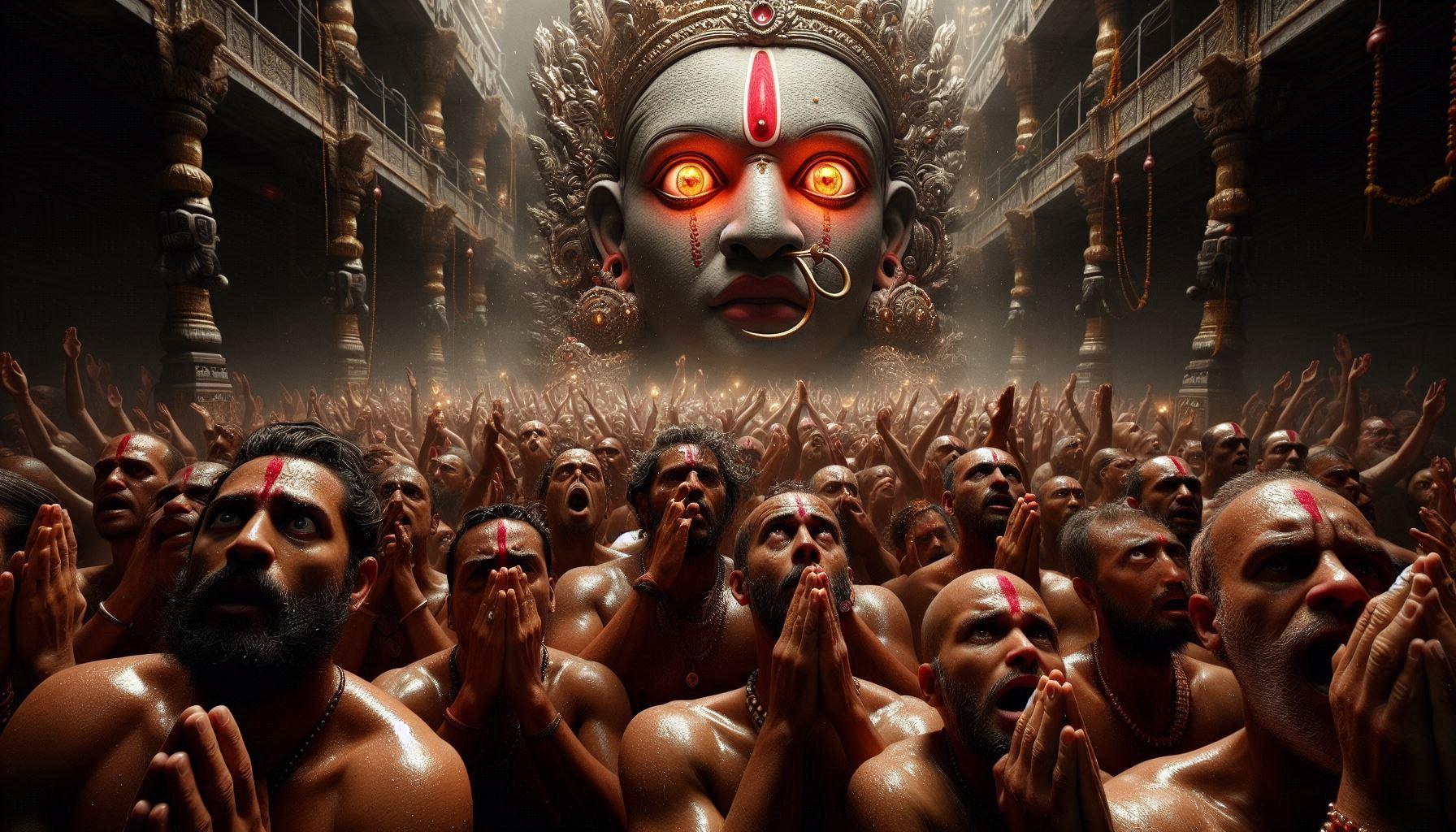
Among all the mysteries of Mayapur Narasimha, this one continues to leave even the most rational minds speechless.
Devotees and temple priests have witnessed something truly unexplainable—the eyes of the deity turning red during intense worship. Not painted. Not lit by artificial light. Actually red. This phenomenon doesn’t happen all the time, but when it does, it sends shivers through the spine of everyone present. Especially during major festivals or when powerful mantras are chanted with deep devotion, the deity’s eyes appear to glow with a fierce, crimson rage.
Scientists and skeptics have tried to dismiss it—saying it could be reflections from lamps, or changes in lighting. But those who’ve stood before the deity during arati say otherwise. There are no hidden lights. No camera tricks. Just a divine presence that seems to awaken within the stone itself.
Many believe that when Lord Narasimhadeva’s eyes turn red, He is issuing a silent warning—to evil, to impure intentions, to those who approach with ego. It is said that even those with secrets in their hearts feel exposed under His gaze.
How can stone eyes reflect divine emotion? No one knows. But once you see it… you never forget it.
The Rare Form of Sthanu-Narasimha, Never Seen Before.
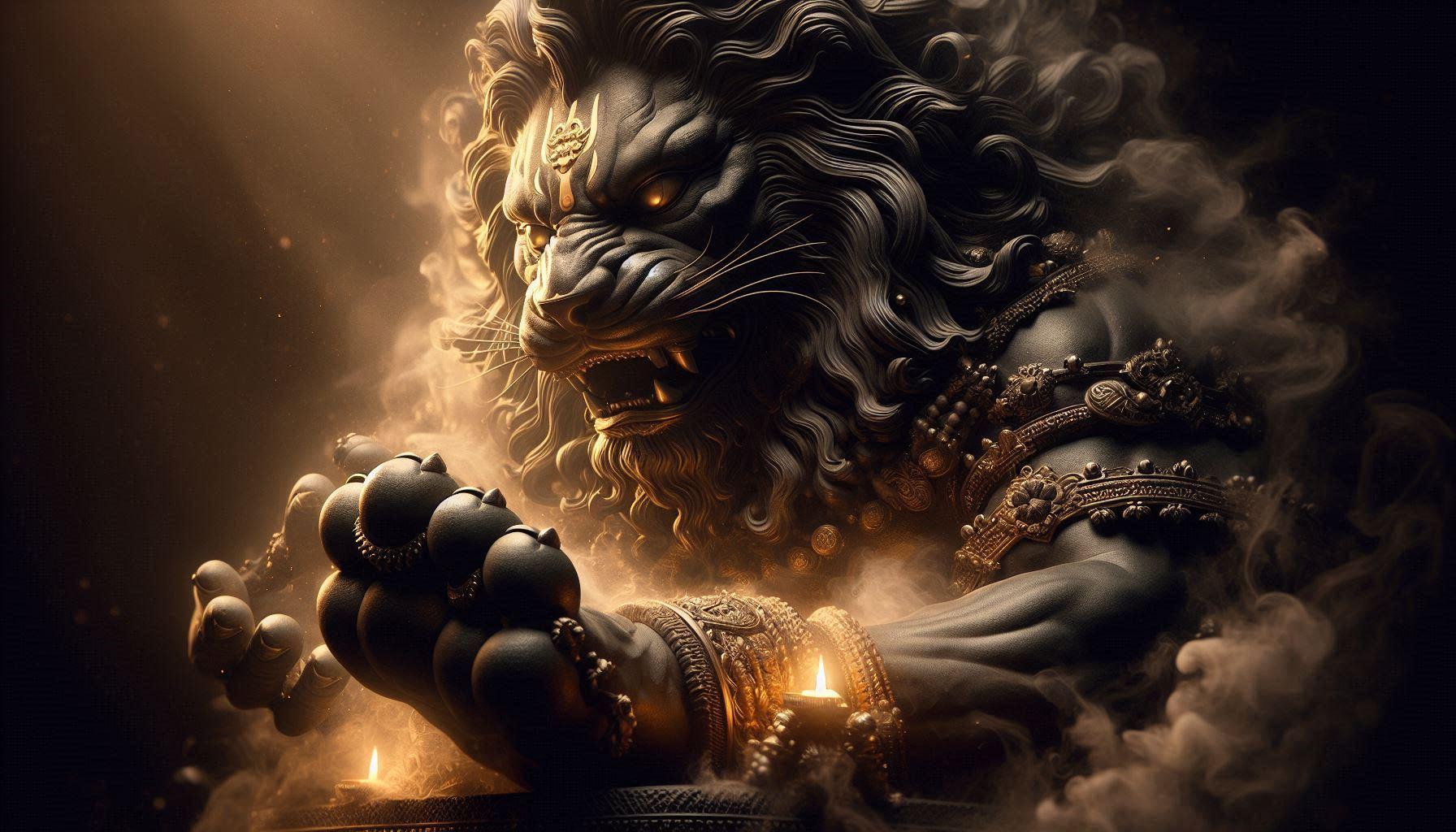
Step into the sanctum of the Mayapur Narasimha Temple, and you’re greeted not by a calm, meditative deity—but by a divine force frozen in the moment just before eruption. This is no ordinary idol of Narasimha. He is worshipped here in the extremely rare form of Sthanu-Narasimha—a form not seen anywhere else in the world.
His knees are bent, his muscles are coiled, and his gaze burns with intensity—as if He’s about to leap from the altar and tear through all evil in His path. It’s a depiction of the Lord mid-transition, caught between restraint and divine fury. Most temples portray Narasimha either in His yoga posture or in the act of killing Hiranyakashipu. But here, He’s in a state of readiness, like a lion crouched to strike.
What’s more intriguing is that no ancient temple or scripture describes this exact form. It’s as if this manifestation chose to reveal itself only in Mayapur, in response to the pain and prayers of the devotees after the dacoit attack.
Who revealed this form? Was it the sculptor’s imagination—or divine instruction from a higher plane? No one truly knows. But every glance at Sthanu-Narasimha feels like a silent encounter with living, breathing divinity.
The Installation That Defied Tradition.
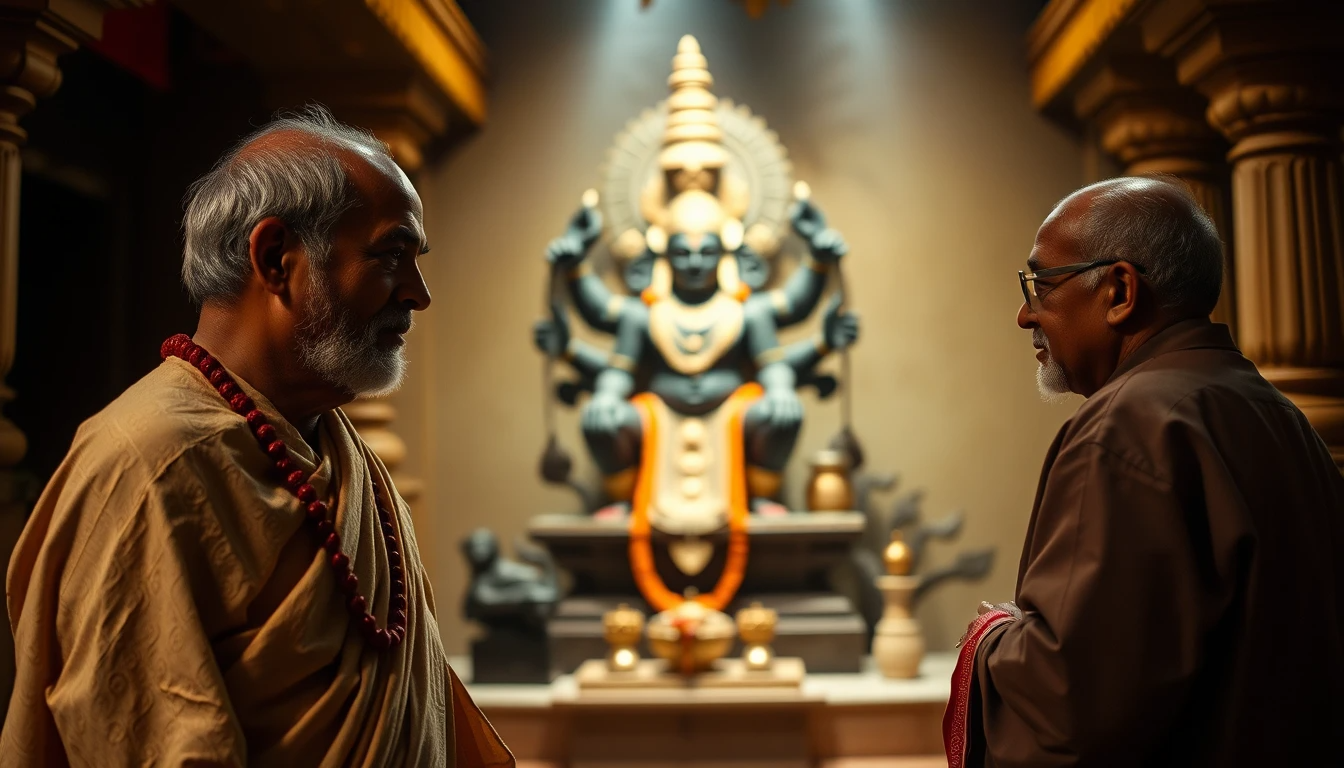
When the time came to officially install Lord Narasimhadeva in July 1986, something strange happened—the ceremony was far simpler than expected. In Vedic tradition, installing a deity of such fierce energy typically involves elaborate rituals, weeks of preparation, and strict adherence to scriptural guidelines. But here in Mayapur, despite the devotees’ sincere efforts, the installation felt almost… effortless.
The priests were initially concerned. Had they done something wrong? Were the mantras not enough? The rituals too simple? But then, something unexpected swept over the temple—a powerful, electric energy that made everyone stop and stare. Some wept without knowing why. Others felt a divine heat in the air. A few even reported seeing flashes of light near the altar.
It was as if the deity didn’t need to be installed—He was already there, fully present, fully awake.
The same sculptor who had carved the idol whispered to a priest, “He entered the stone long before we finished. This installation… it’s just a formality.”
How could a deity bypass centuries of ritualistic practice and simply be? Was it urgency? Was it divine will? Or was it proof that Lord Narasimhadeva had chosen Mayapur—not the other way around? The question still echoes in silence.
Conclusion, A Living Mystery in Stone.
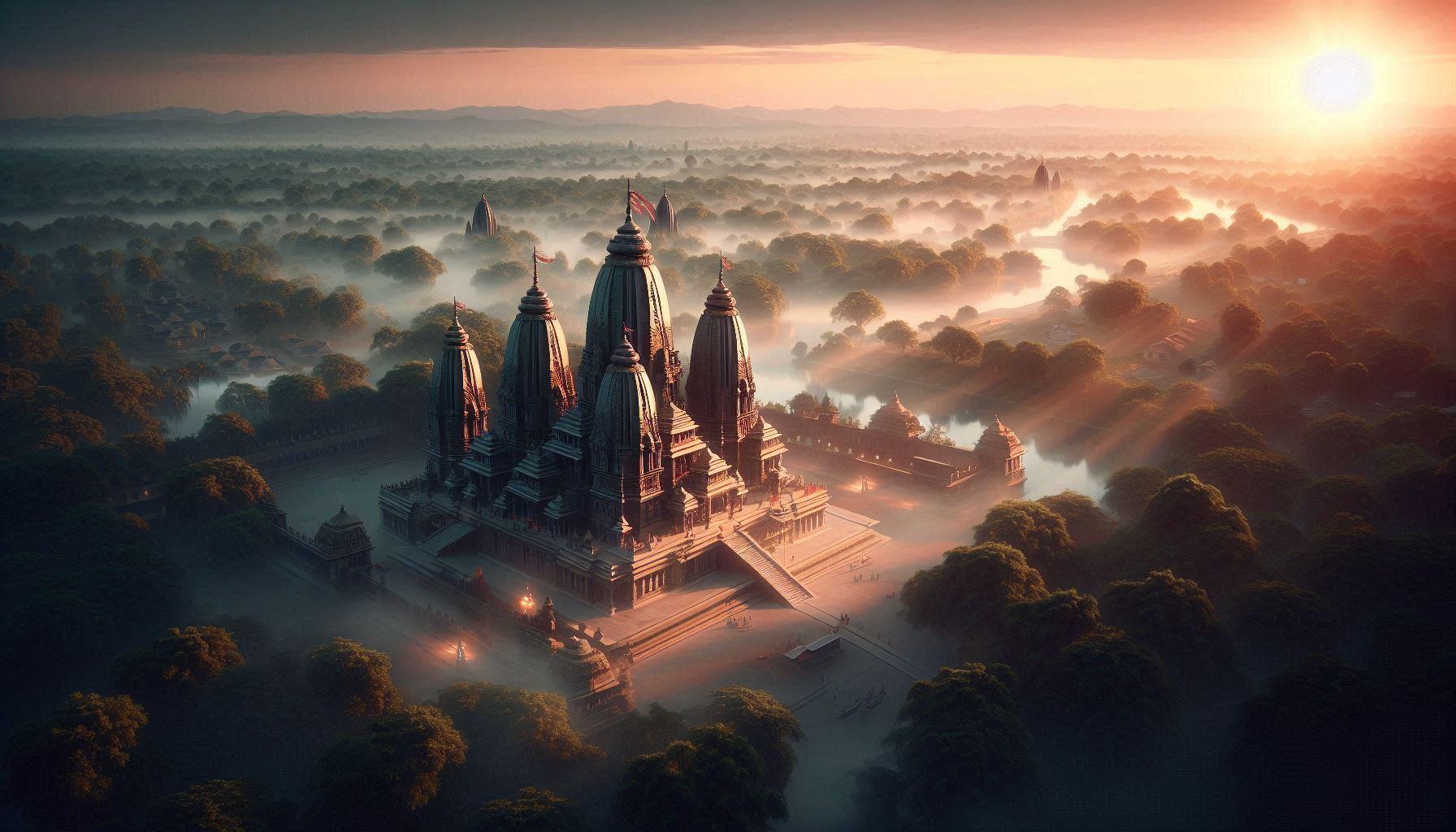
The Mayapur Narasimha Temple is not just a sacred space—it’s a living, breathing mystery. From a violent dacoit attack that invoked divine protection, to a reluctant sculptor who surrendered after a dream, to a form of Narasimha never seen before… every detail surrounding this temple feels guided by a higher force. And then, there are those piercing red eyes—eyes that seem to look into your soul, turning crimson not from light or pigment, but from divine emotion itself.
This isn’t mythology. It isn’t folklore passed down through generations. It’s modern history—documented, witnessed, and still unfolding in the heart of West Bengal.
Why did Lord Narasimhadeva choose to manifest in this rare form? Why did the installation defy tradition yet feel so complete? Why do devotees feel a tangible energy in His presence that leaves even atheists silent?
Perhaps the real mystery is not in the events themselves—but in what they awaken inside us. Faith? Fear? Reverence?
In a world that constantly demands scientific proof, the Mayapur Narasimha Temple stands as a reminder: not everything divine needs to be explained. Some miracles are meant to be felt. And once you stand before Him… you’ll know that mystery has a face. And it roars.
Sri Mayapur Narasimha Temple FAQs
Where is Sri Mayapur Narasimha Temple located?
Where is Sri Mayapur Narasimha Temple located?
Sri Mayapur Narasimha Temple is located in Mayapur, West Bengal, India, within the ISKCON temple complex that serves as the global spiritual headquarters for devotees of Lord Krishna.
Who is worshipped at Sri Mayapur Narasimha Temple?
Who is worshipped at Sri Mayapur Narasimha Temple?
The temple is dedicated to Lord Narasimha, the fierce half-man, half-lion incarnation of Lord Vishnu, who appeared to protect His devotee Prahlada and destroy the demon king Hiranyakashipu.
What is the significance of Sri Mayapur Narasimha Temple?
What is the significance of Sri Mayapur Narasimha Temple?
Devotees believe that Lord Narasimha at Mayapur protects the holy land of Sri Mayapur and the ISKCON devotees. The deity is worshipped as a protector, remover of obstacles, and a source of courage and devotion.
What are the temple timings of Sri Mayapur Narasimha Temple?
What are the temple timings of Sri Mayapur Narasimha Temple?
The temple is generally open daily from early morning Mangala Aarti around 4:30 AM until night aarti around 9:00 PM. Specific darshan and aarti times may vary on festival days.
What festivals are celebrated at Sri Mayapur Narasimha Temple?
What festivals are celebrated at Sri Mayapur Narasimha Temple?
The main festival is Narasimha Chaturdashi, the appearance day of Lord Narasimha, celebrated with grand abhishekam, kirtan, and dramas depicting the pastimes of Prahlada and Narasimha. Other Vaishnava festivals like Gaura Purnima are also celebrated with devotion.
How can devotees reach Sri Mayapur Narasimha Temple?
How can devotees reach Sri Mayapur Narasimha Temple?
Mayapur is about 120 km from Kolkata. The nearest railway station is Nabadwip Dham, around 30 minutes away. Devotees can also reach Mayapur by road or boat from nearby towns.
What are the special rituals at Sri Mayapur Narasimha Temple?
What are the special rituals at Sri Mayapur Narasimha Temple?
Daily aartis, abhishekam, and special Narasimha prayers are offered. Devotees also recite the Narasimha Kavacha for protection. On Narasimha Chaturdashi, elaborate rituals and cultural programs attract thousands of pilgrims.








